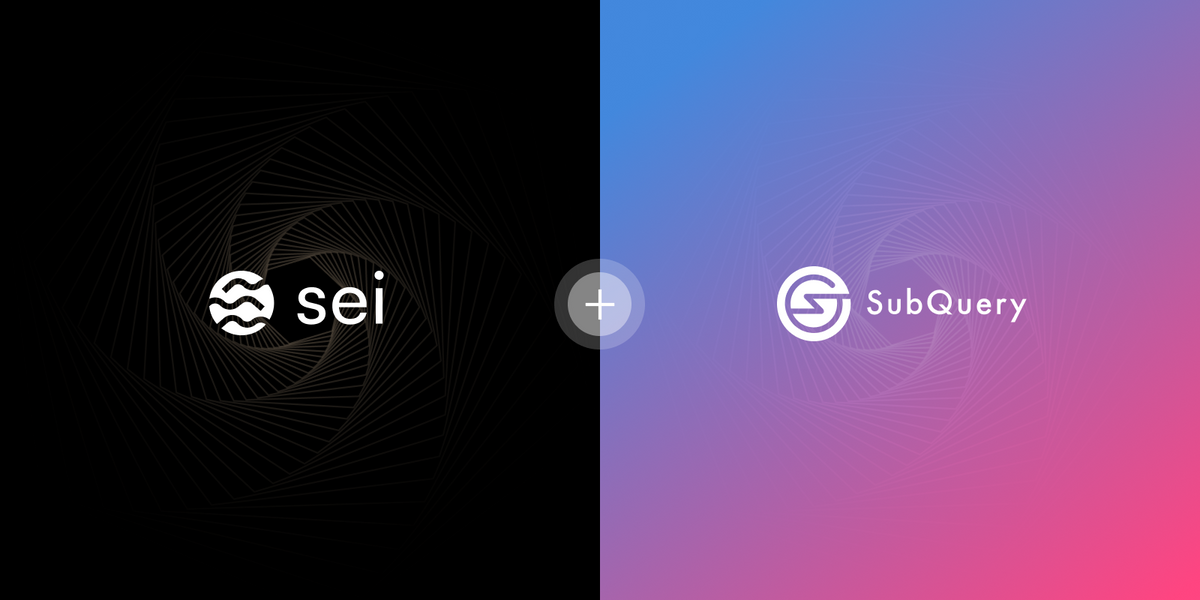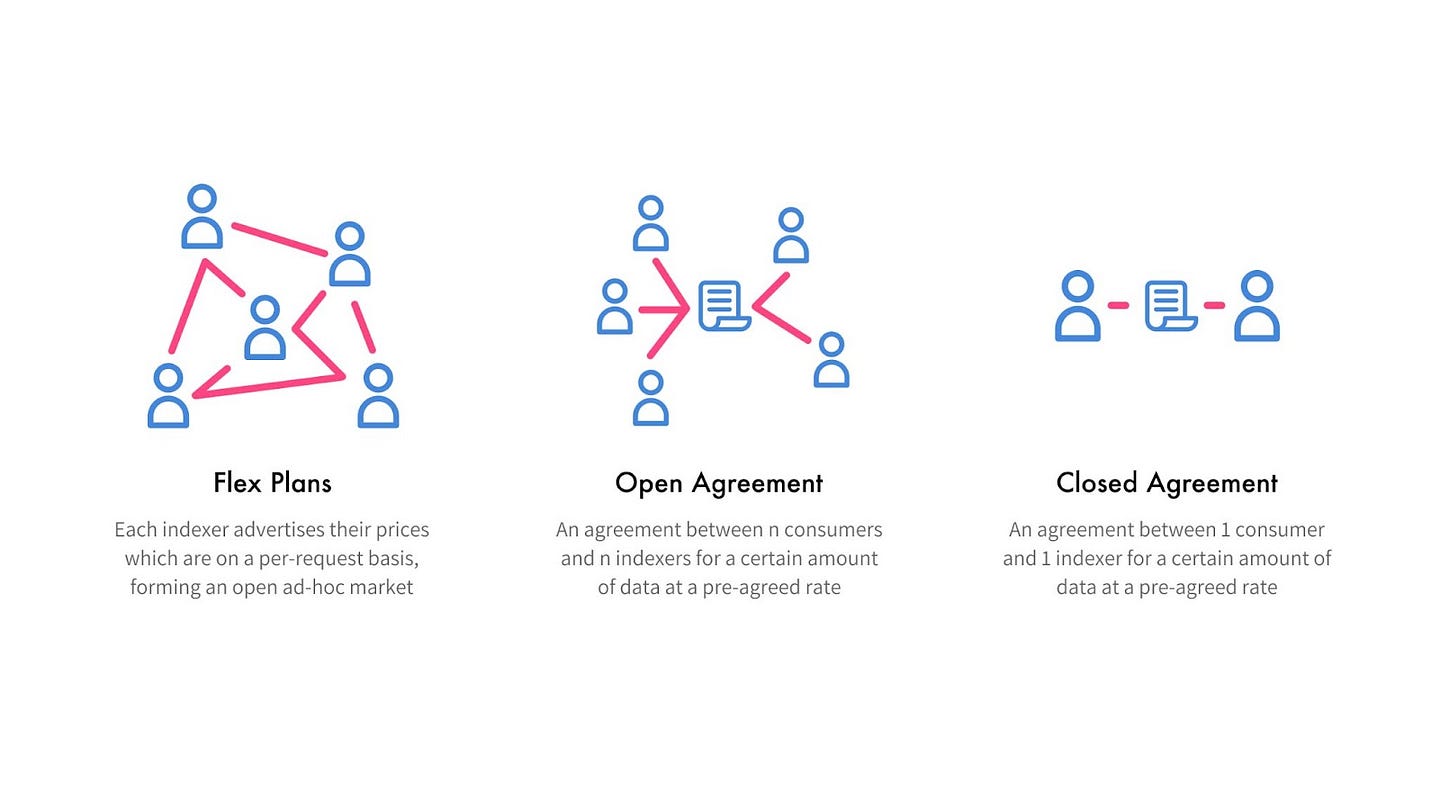SubQuery is a fast & flexible blockchain indexing toolkit that powers hundreds of teams on blockchain networks such as Ethereum, Polkadot, Cosmos, Algorand and Avalanche. We also power NEAR and Aurora (NEAR’s EVM compatible chain) and a number of Layer 2 chains such as Polygon, Arbitrum and Optimism. See the full list here. We help developers focus on building their core products, rather than wasting time and money building their own indexing solution.
In our latest Developer Update we highlight our comprehensive guide for EVM Projects migrating from The Graph to SubQuery. We share our recent improvements to Algorand as well as expansion to Sei Network, Gnosis Chain and Archway. We showcase the 15 projects being indexed on the Kepler Network, and introduce Flex Plans for flexible ways to transact with the SubQuery Token (SQT). Last but not least, indexers will be happy to know that gas costs have been massively reduced!
Help for EVM Projects migrating from The Graph
We’re talking to a number of teams that are excited to move from The Graph to SubQuery, as a result, we’ve improved our Graph Migration guide. This includes listing out the key differences between our GraphQL query language and that used by The Graph.
Remember, if you want support for your migration or want to understand more about what’s involved, reach out to our team at sales@subquery.network and consider a professional service to manage the migration for you.
Improvements for Algorand
Atomic Transfers are irreducible batch transactions that allow groups of transactions to be submitted at one time. If any of the transactions fail, then all the transactions will fail. You can now get groups of transactions from within your mapping functions with the getTransactionsByGroup(groupID) function.
Algorand users can also filter Algorand Transactions using an applicationArgs filter in their manifest files.
SubQuery Expanded Indexing Support to: Sei Network, Gnosis Chain, and Archway

This July we announced indexing support for Sei Network, Gnosis Chain, and Archway.
Developers on these chains benefit from a superior SubQuery indexing experience, including access to the open-source SDK, tools, documentation, and developer support that the SubQuery ecosystem provides. They are also supported in SubQuery’s enterprise level managed service, which provides enterprise level infrastructure hosting and handles millions of requests each day.
Other Improvements
- Better handle RPC errors when the block response is too large to reduce crashes
- Performance improvements with OrderBy GraphQl Queries
- Performance with multiple RPC endpoints — Use logarithmic scaling to handle response time tending to 0.
- Fix bugs with MMR and Proof of Indexing calculations
- Fix bugs with race conditions around cache flushing
SubQuery Network
Launched Flex Plan
At SubQuery we’re proud of our work innovating payment methods, SubQuery plans to introduce three ways to pay within the SubQuery Network, providing all participants with various flexible ways to transact with the SubQuery Token (SQT). Both Indexers and Consumers will come together on the Plan Marketplace to advertise their pricing and supported payment methods.

In July we launched Flex plan support, which is where each indexer advertises their per request pay-as-you-go price when registering their ability to serve requests for specific SubQuery projects. Consumers making requests will have to lock the tokens necessary to make that request in a state channel, and at the end of an Era, these tokens will be distributed to the Indexers based on the Cobb-Douglas production function.
The launch of this allows us to introduce competition into the Kepler pre-mainnet, by allowing indexers to start competing on a price and service level basis for their share of rewards. It’s a big step forward towards the launch of our SubQuery mainnet and the SQT token.
Projects on the Kepler Network
We now have 15 projects being indexed by participants on the SubQuery Kepler network, which includes projects from Polkadot, Kusama, Polygon, Optimism, and Arbitrum.

Decreasing the Cost of the SubQuery Network
Our focus is making SubQuery easier to join and build with than our competitors — SubQuery’s success depends on the success of others creating the future on it. This means that a design goal is to make it as easy and low cost as possible for anyone to participate.
One large cost for indexers was the gas costs for publishing indexing status reports to the network. Instead, we now share this information through an off-chain peer to peer network between all indexers and the SubQuery Foundation team. This massively reduces gas costs on indexers, and results in higher bandwidth to share more information within the status reports by each indexer.
Other improvements to the Kepler Network
- Completely decentralised all remaining centralised components and GraphQL requests
- Improved the delegation form to provide users with an easier delegation experience
- Improved each indexer’s indexing progress bar to use the target height for the network, rather than the self reported target height from the indexer
- Fixed the top indexers search feature and enhanced the loading speed.
- Fixed the issue on the explorer homepage that displayed random and erroneous projects in some cases.
- Fixed pagination bugs that previously display the same data in every page.
- Fixed PAYG playground bug that previously requested an error url.
- Improved the pagination experience and performance for various list pages
- Fix bug preventing consumers and indexers to terminate a flex plan channel
- Fix bug where the undelegate button is visible even if you have not delegated to an indexer
- Implemented a cancel undelegation/unstaking button
Other things you might have missed
- Read the benefits of utilising a Raspberry Pi as an indexer
- Find out the latest on SubQuery in the July Polkadot Community Call
- You can now access Subquery on Flipside’s LiveQuery
- Check out our latest Kepler Network stats!
P.S. Remember to join our Discord and our social channels to stay updated on our latest news and announcements!
Key Resources
- View the GitHub releases page for more information
- Developer documentation
- Discord community (including technical support)
About SubQuery
SubQuery is a leading data indexer that gives you fast, reliable, decentralised, and customised APIs for your web3 projects. We empower developers from over 80+ ecosystems including Ethereum, Polygon, BNB, NEAR, Polkadot, Avalanche, Algorand, Arbitrum, Cosmos and Flare projects, with rich indexed data to allow them to build intuitive and immersive experiences for their users. The SubQuery Network powers your unstoppable apps with a resilient and decentralised infrastructure network. Use our blockchain developer toolkit to build the web3 applications of the future, without wasting time building a custom backend for data processing activities.
Linktree | Website | Discord | Telegram | Twitter | Matrix | LinkedIn | YouTube

